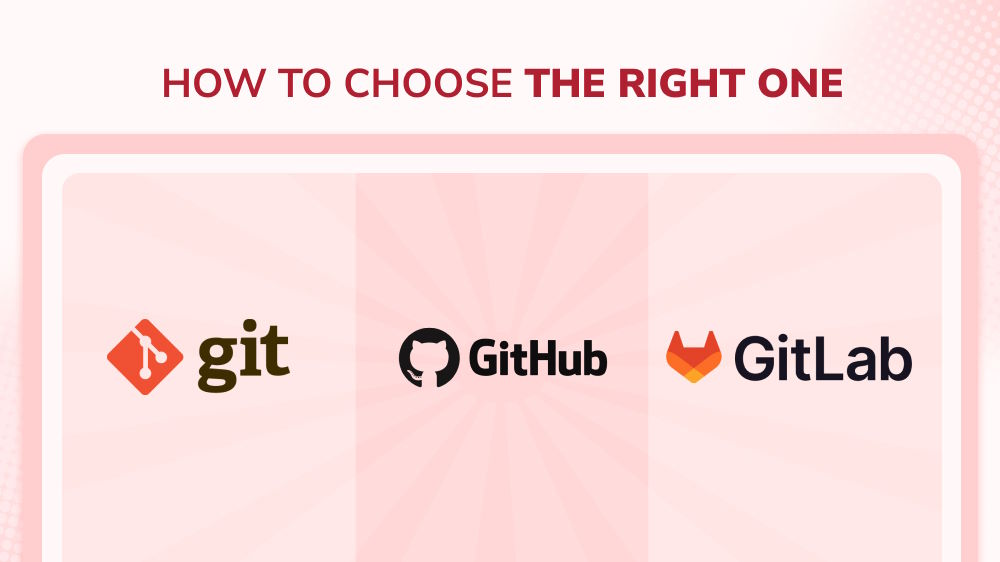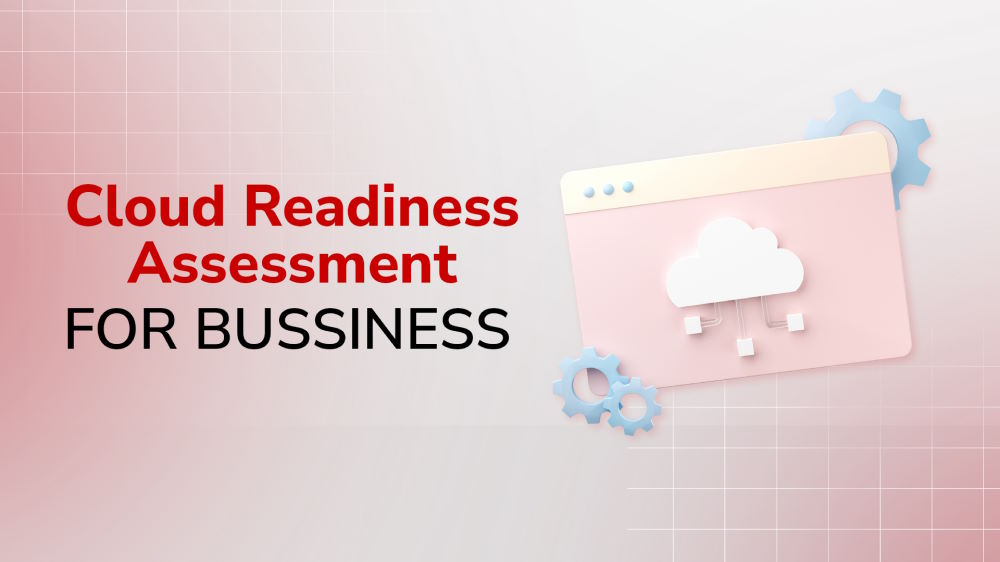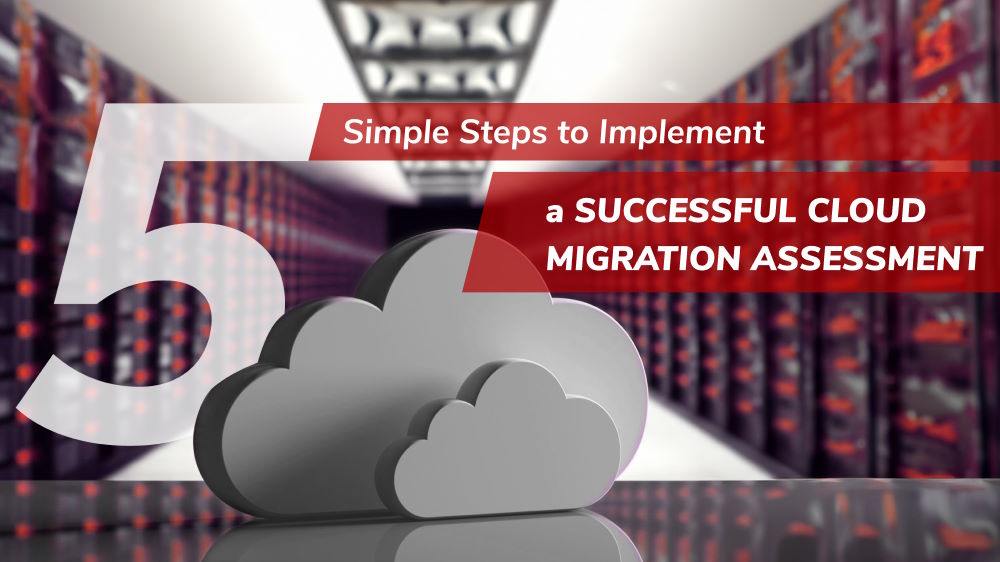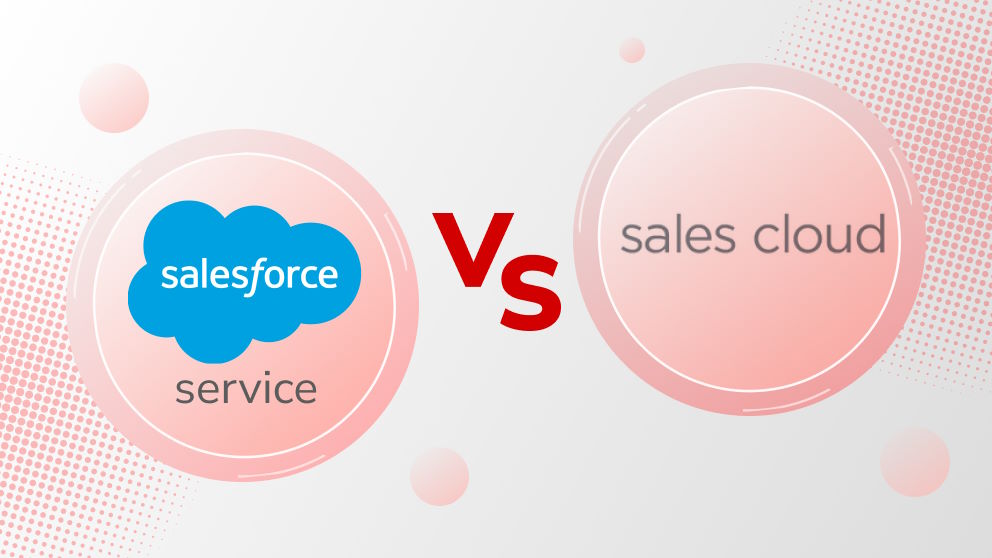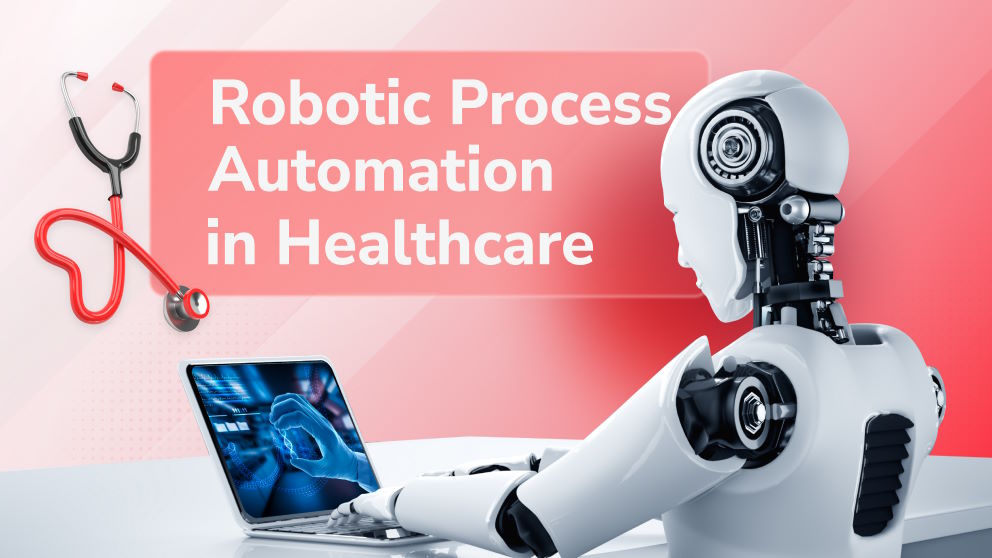SaaS vs. PaaS vs. IaaS: Which Is Right for Your Business?
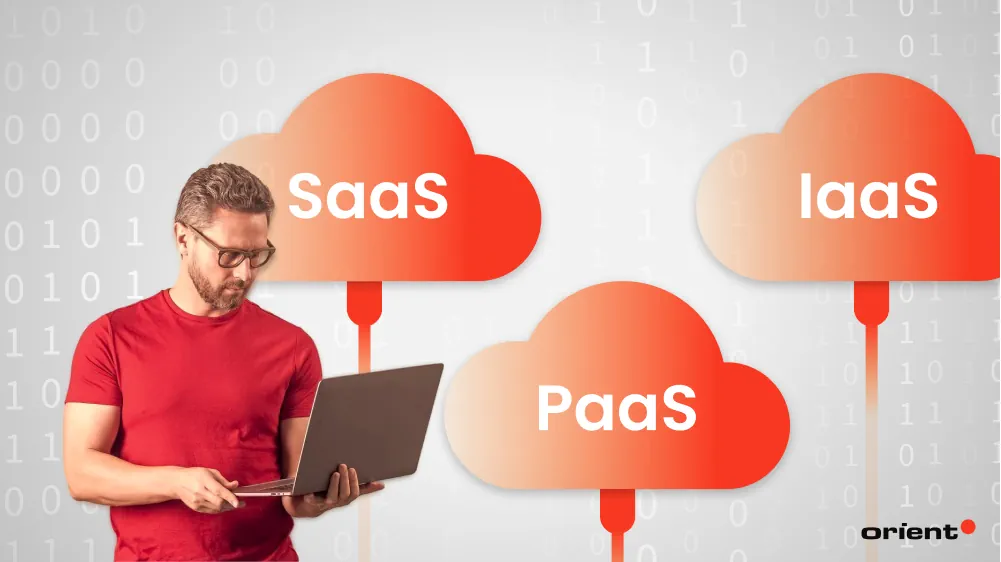
Content Map
More chaptersWith cloud computing, a business can use software and resources over the internet without buying and maintaining physical, on-premises infrastructure. Yet, despite the convenience and flexibility of the cloud, understanding the features and benefits of each cloud delivery model can be challenging.
In this article, we explore the differences between IaaS, PaaS, and SaaS and how to choose the best cloud delivery model for your business.
Key Takeaways
- The three main cloud delivery models are SaaS, PaaS, and IaaS.
- Each cloud delivery model has unique advantages and use cases. For example, SaaS provides ready-to-use cloud-based software.
- Understanding the differences between each cloud delivery model can help you choose the right one for your business.
What Does ‘as a Service’ (aaS) Mean?

aaS is a template acronym that cloud providers use to categorize their on-demand delivery of services over the internet. It refers to an online business model where cloud providers host and maintain one or more services, and customers pay an ongoing subscription fee to access those services.
Services provided under the aaS model include:
- Software-as-a-Service (SaaS): Pre-built, ready-to-use software.
- Platform-as-a-Service (PaaS): To build, test, deploy, and maintain applications.
- Infrastructure-as-a-Service (IaaS): To deliver computing, storage, networking, and other resources over the web.
What Is Software-as-a-Service (SaaS)?
SaaS is cloud-hosted, ready-to-use software. It is a complete application hosted and maintained by a cloud provider. Customers pay an ongoing subscription fee to access the SaaS over their web browser, desktop client, or mobile app.
Cloud service providers are accountable for maintaining the infrastructure – data, storage, security, user interface (UI), and networking features – that the SaaS needs to operate. Any updates or improvements happen behind the scenes and are invisible to customers.
Various SaaS solutions exist to serve different industries and use cases. Salesforce and Oracle are examples of customer relationship management software, while Slack and Microsoft Teams exemplify enterprise messaging software. Chances are, you already use several SaaS solutions for personal and business purposes.
What Are the Benefits of SaaS?
The main benefit of SaaS is that you can access it over the Internet. There is no need to manually install and update the software on every device you use. You are also not responsible for hosting and maintaining the software, as the cloud provider does that as part of your ongoing subscription fee.
For a business, SaaS offers the following benefits:
Large Customer Base
Since SaaS is accessible to virtually everyone, a business can build and deploy cloud-hosted software to a customer base with internet access.
Consistent Revenue Stream
Offering SaaS on a pay-as-you-use business model is an effective way to generate consistent revenue, which may be more profitable than offering a one-time download. The global SaaS market generated around 197 billion U.S. dollars in 2023, accounting for about two-thirds of the public cloud services market, according to Statista.
Scalability
Developers can update cloud-based software to meet your changing business needs. Whether you need to add a new feature or address a known security vulnerability, developers only need to update one source code to apply changes to the entire infrastructure.
Read more: All You Need to Know About SaaS Software Development
What Is Platform-as-a-Service (PaaS)?
PaaS is a cloud-hosted software development environment. It provides everything a software development team needs to conceptualize, design, build, test, deploy, and maintain a software application.
Like SaaS, the cloud provider is responsible for hosting and maintaining the PaaS environment, while customers pay an ongoing subscription fee to access the service. Customers can access the PaaS framework over their web browser, desktop client, or mobile app.
Examples of PaaS include SAP Cloud, Microsoft Azure, and Google App Engine. Some PaaS providers exist to serve specific markets, such as a cloud-based environment for developing and integrating chat functionalities.
What Are the Benefits of PaaS?
There are many benefits to using a PaaS for cloud-based application development. For one, developers can use pre-configured runtime environments to plan, design, build, test, deploy, and maintain software applications. Secondly, they can access specific tools, libraries, and packages, which helps speed up development by reducing unnecessary manual coding.
Other benefits of PaaS solutions include:
Accelerate Setup Times
With a PaaS, there is no need to procure hardware and software. Developers can instead tap into a cloud-based PaaS, where they have everything needed to develop and maintain an application, from analytics and databases to operating systems and memory.
Ease of Maintenance
A PaaS provider is responsible for hosting and maintaining the cloud infrastructure. On the other hand, developers only manage the application and data hosted in the cloud. Transferring some maintenance responsibilities to a PaaS provider saves developers the hassle and expense of maintaining on-premises infrastructure.
Safe and Secure
While PaaS providers continually monitor the cloud infrastructure, developers protect their data and applications with advanced identity control, threat modeling, firewalls, distributed denial-of-service (DDoS) protection, and security penetration testing.
These security features help developers strengthen their security perimeter, preventing internal and external breaches from threat actors.
What Is Infrastructure-as-a-Service (IaaS)?
IaaS or Infrastructure-as-a-Service is the on-demand delivery of computing resources – data, storage, networking, and other components – over the internet. There is no need to buy and maintain physical servers, data centers, and other physical infrastructure; instead, customers rent these resources on a pay-as-you-use business model.
IaaS providers host, maintain, and update the cloud computing infrastructure necessary to distribute the service. Although customers don’t physically see the resources they use, the resources do exist somewhere, and it’s up to the IaaS provider to decide on the geographic location.
Examples of IaaS include Amazon Web Services (AWS), IBM Cloud, and DigitalOcean. Each provider offers various services, including cloud-based storage, virtual machines (VMs), data security, and more.
What Are the Benefits of IaaS?
The main benefit of IaaS is that you get the resources you need while bypassing the upfront cost of buying, installing, and maintaining physical infrastructure. You can also rapidly upscale your IaaS resources to meet demand during peak periods and vice-versa for quiet periods.
Other benefits of IaaS include:
Pay What You Use
For many businesses, the cost of buying, installing, and managing physical infrastructure to run applications and store data is too great. Aside from the upfront equipment cost, a business must also pay for physical storage space, indoor climate control, and onsite maintenance. However, with an IaaS, businesses “rent” the same virtualized computing resources over the Internet and pay only for what they use.
Availability Guarantee
Most IaaS cloud service level agreements (SLAs) have an availability guarantee of 99% or higher; ideally, the more decimal points, the less allowable downtime. For instance, a 99.9% availability guarantee would have an allowed daily downtime of 1 minute and 26 seconds, while a 99.99% availability guarantee would have an allowed daily downtime of just 8.6 seconds. That is a difference of 1 minute and 17.4 seconds!
Flexibility
By removing the need to purchase and maintain hardware, businesses can quickly scale resources up and down to meet changing customer demand. You can create the ideal computing environment, one that provides the exact resources you need to operate your business efficiently and cost-effectively.
What Are the Discrepancies Between SaaS vs. PaaS vs IaaS?
All cloud computing service models provide on-demand access to services over the internet. However, the level of complete control and capabilities you get with each model is different. Below is a detailed table that outlines the differences between each cloud delivery model.
| Features | SaaS | PaaS | IaaS |
|---|---|---|---|
| Target users | End users | Software developers | IT departments |
| Unique selling point | Cloud-based software that is ready to use and accessible over the internet. | A cloud-based development environment that allows developers to build, test, deploy, and manage applications through one software hub. | Cloud-based delivery of computing resources such as storage, memory, graphical processing units (GPUs), and networking features. |
| What you control | Application and user data. | Development platform and developer tools. | Virtual data center for managing virtualized resources. |
| What the cloud provider controls | Servers, storage, networking, operating system, applications, data, runtime, middleware, and virtualization. | Servers, storage, networking, operating system, runtime, middleware, and virtualization. | Servers, storage, networking, and virtualization. |
| Security | Identity control, firewalls, threat modeling, data encryption, and more. | Identity control, firewalls, threat modeling, data encryption, and more. | Identity control, firewalls, threat modeling, data encryption, and more. |
| Pricing model | Pay as you use | Pay as you use | Pay as you use |
Read more: How to Choose a Cloud Provider
How to Choose the Best Cloud Delivery Model
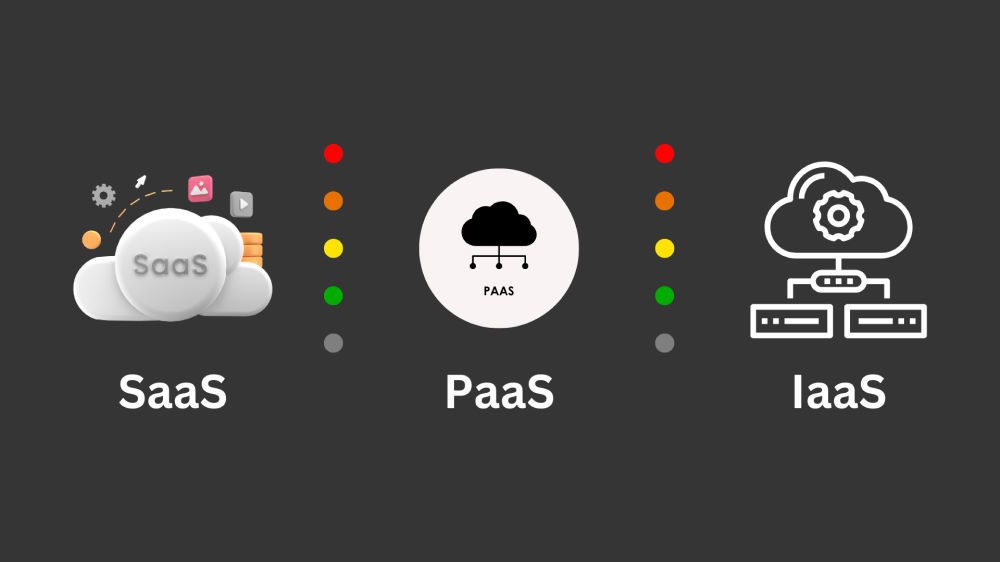
All three cloud delivery models offer unique advantages and are suitable for specific use cases. Below is a useful cheat sheet to help you choose the best cloud delivery model for the best scenario.
Use a SaaS when you need
- To provide ready-to-use software for remote employees
- Teams to collaborate with on projects using the same software
- To avoid the time and expense of managing bespoke software
Use a PaaS when you need
- To outsource your application development in the cloud to a team that collaborates remotely
- An application that is easy to upscale and downscale without the need to procure hardware
- To avoid the upfront and ongoing expense of managing your own resources
Use an IaaS when you need
- More computing resources than what you can afford or manage on-site
- To facilitate a hybrid setup, where you keep some services onsite but migrate others to the cloud
- A private cloud that only your organization can access
Cloud Application Development with Orient Software
At Orient Software, our cloud computing services enable your business to take full advantage of the cloud. We can convert your on-premises apps into cloud-enabled solutions while retaining your existing configurations, features, and functionalities. This way, you embrace the benefits of the cloud and keep your business running as usual.
Contact us today and see how we can help your business become cloud-ready.

